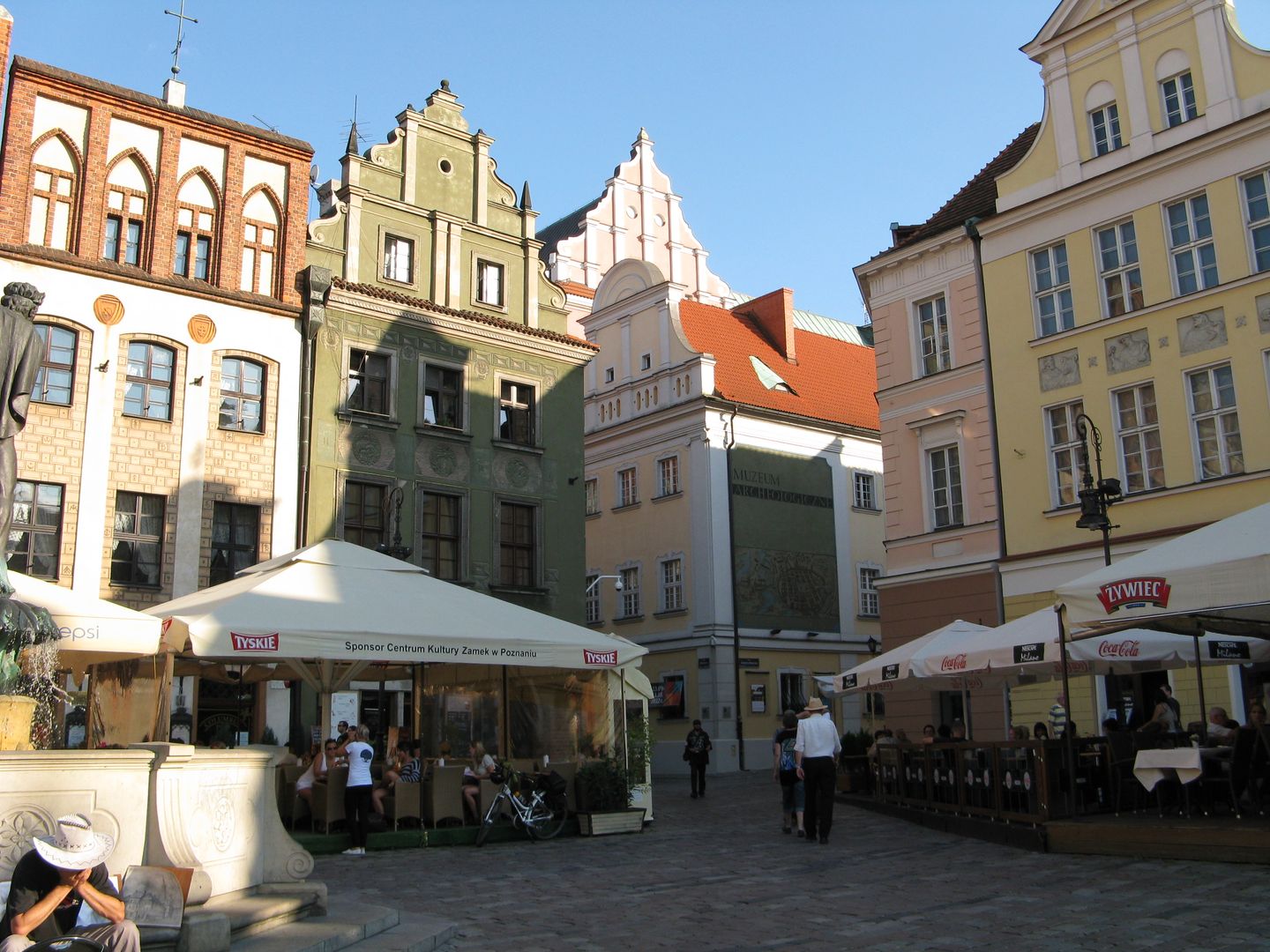Górków Palace in Poznań
7.32

Overview
The Górka Palace in Poznań, now the seat of the Archaeological Museum, was built between 1545 and 1549 as a result of the reconstruction of Gothic townhouses owned by Andrzej II Górka. Located in the Old Town, the complex occupies the southeastern corner of the market square, bordered by Wodna, Klasztorna, Kozią, and Świętosławska streets. Architecturally, the palace is built on a rectangular plan with proportions of 1:2, featuring a compact Renaissance-style structure. It includes many innovative solutions, such as a rooftop garden, which was unusual for its time. After the death of Andrzej II Górka, the palace passed into the hands of Wojciech Czarnkowski and later became the property of Benedictine nuns, who converted it into a monastery, serving this role until the dissolution of the order in 1828. After this period, the building was used as a school and a tenement house, and its character changed significantly due to numerous renovations. From 1919 to 1931, the palace housed the Przesławski and Cierniak Company, which specialized in bookbinding. The palace suffered serious damage in 1945, but reconstruction efforts between 1960 and 1967 restored part of its original appearance, including the Renaissance arcades and portals. Today, the Archaeological Museum in Górka Palace boasts the richest collection in Poland related to ancient Egypt, including the obelisk of Ramses II from the temple at Athribis, which regained its golden pyramidion after restoration. The museum also features a permanent exhibition titled "Prehistory of Greater Poland," making it an important cultural landmark in Poland—a witness to history and a repository of archaeological heritage.
Location
Tickets
Powered by GetYourGuide
2025 Wizytor | All Rights Reserved